Bhutan – Birds, Mammals and Monasteries
Our first trip to Bhutan (scheduled for spring of 2021) fell victim to COVID. We waited two years before we were able to offer it. That year we ended up sending two groups. Was it worth the wait? I think you’d get a resounding “yes” from those who went, including GGBA Travel Coordinator Dawn Lemoine. This past spring it was our other Travel Coordinator, Eric Schroeder, who went, and he adds his voice to the chorus (along with those of former GGBA Trip Leaders Bob Lewis, Eddie Bartley, and Noreen Weeden). For a complete list of the 340 species seen by this group, check out the trip report.
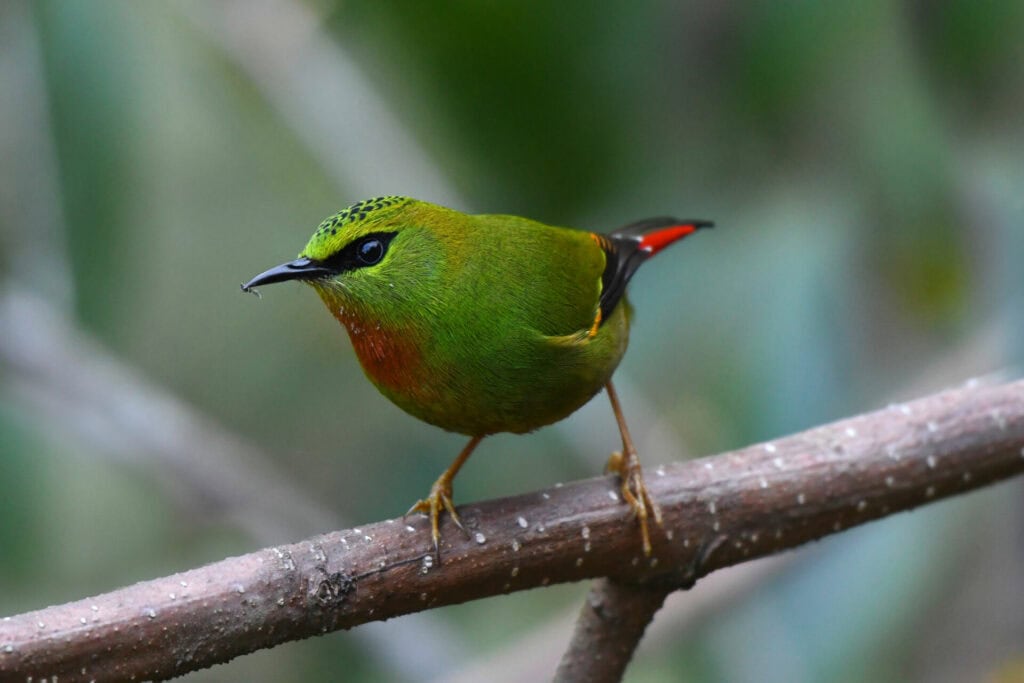
It’s no wonder that it’s possible to see so many birds in a trip that’s less than three weeks long. Bhutan, a country roughly the size of Maryland, has almost 600 species of birds. Over 70% of its land is forested with 25% protected by National Parks. You’ll visit a range of environments varying from sub-tropical at 150m to alpine at over 4,500m. On this 19-day trip, some of the major targets you’ll be looking for include the big three pheasants—Himalayan Monal, Satyr Tragopan, and Blood Pheasant—as well as some unusual birds like the Ibisbill, some beautiful birds like the Fire-tailed Myzornis, Ward’s Trogon and the aptly named Beautiful Nuthatch, and some critically endangered birds like the Rufous-necked Hornbill and the White-bellied Heron. You can also expect to see 10-15 species of mammals (the group this year was fortunate enough to see Red Panda). Our Bhutanese guide from Langur Eco Travels will not only introduce you to the fauna but also the flora of Bhutan (we’re visiting during the spring peak rhododendron bloom) and its culture (our trip includes visits to several famous sites, including the Tiger’s Nest Monastery).
60 Minutes recently ran a fascinating segment on Bhutan. Click here to watch it.
Date: April 20 – May 6, 2026
TOUR COST
Group Size: 3 – 8 guests
Total: US$4,985 per person, double occupancy
Total: US$5385 per person, single occupancy
FLIGHTS
Druk Air/Bhutan Airlines
Bangkok to Paro and Guwahati to Bangkok + US$935 per person
Note: Flight costs are current prices and are subject to change
For more information, or to sign up for this trip, contact Dawn Lemoine at tr***********@*************ds.org. Please do not contact the vendor.…

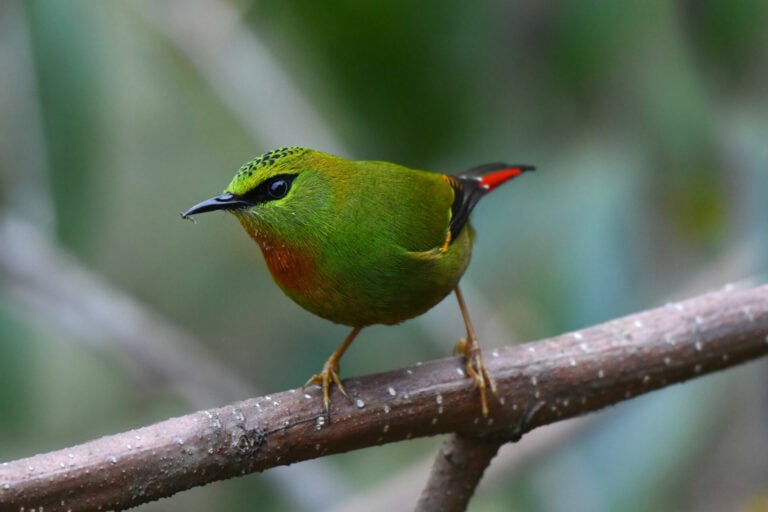
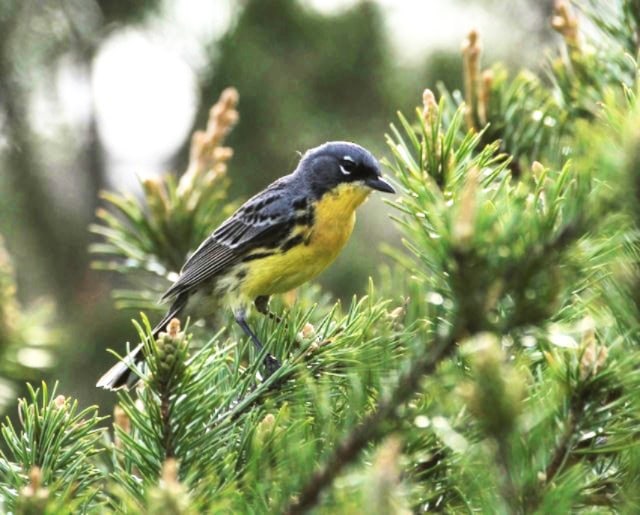
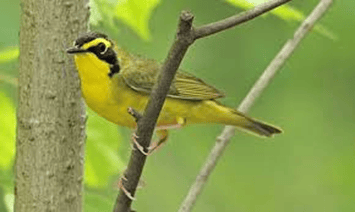
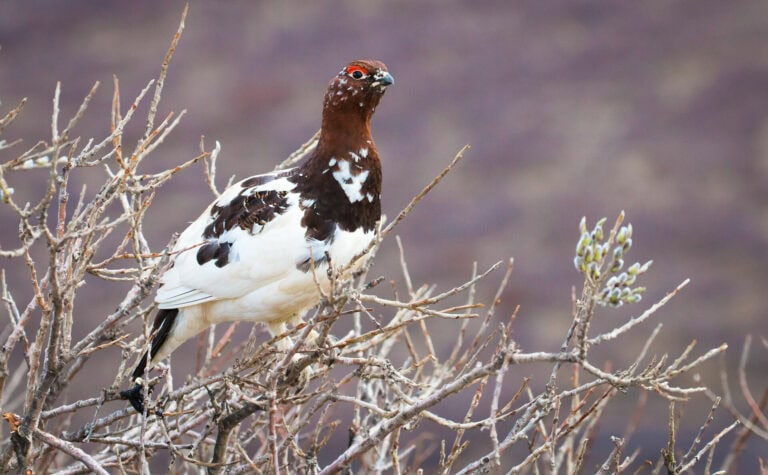
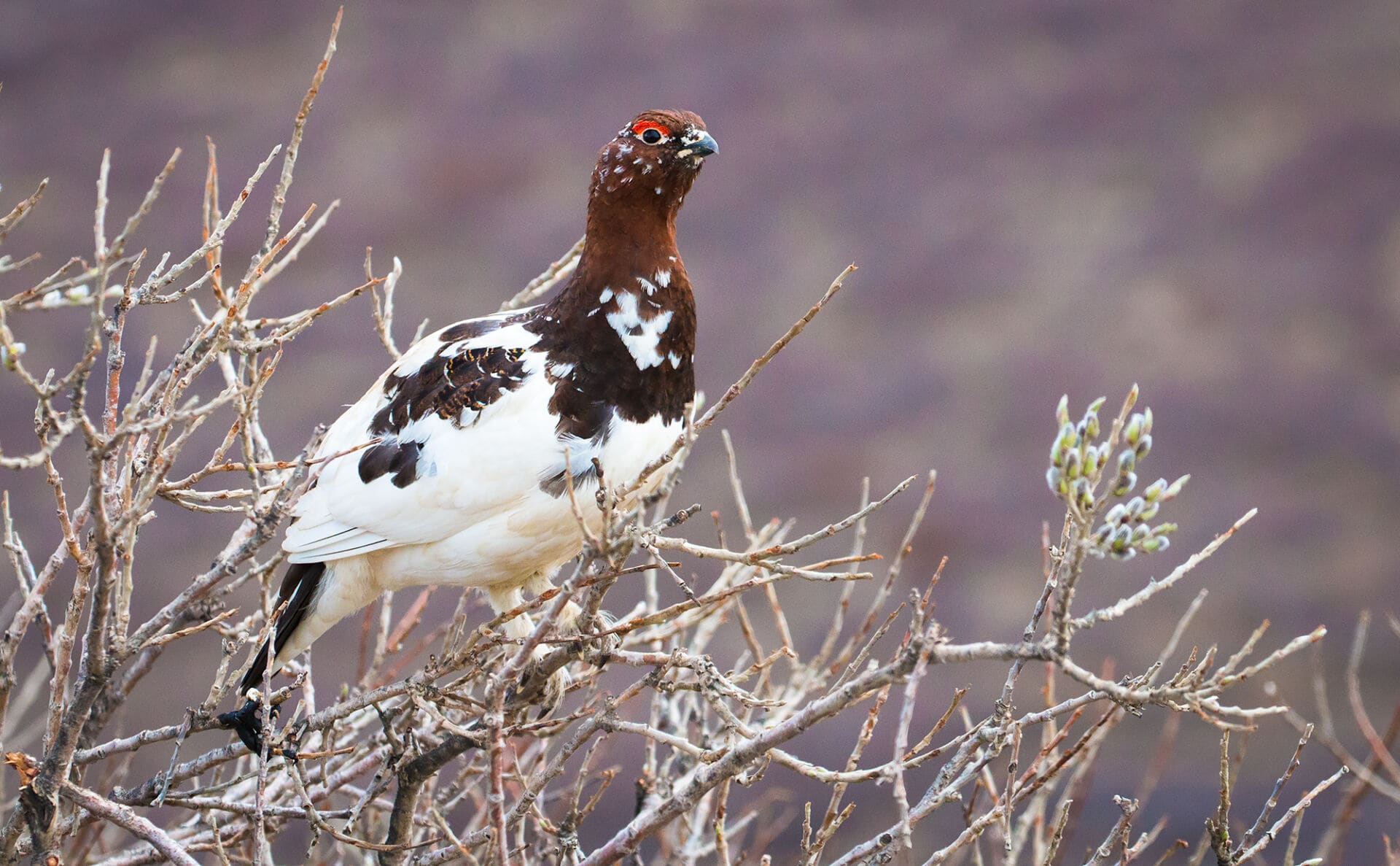
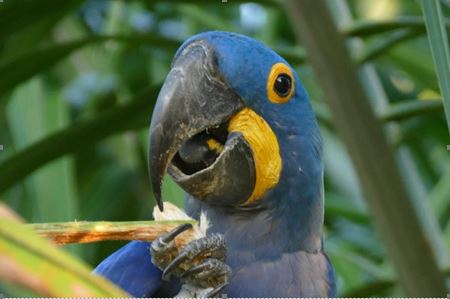
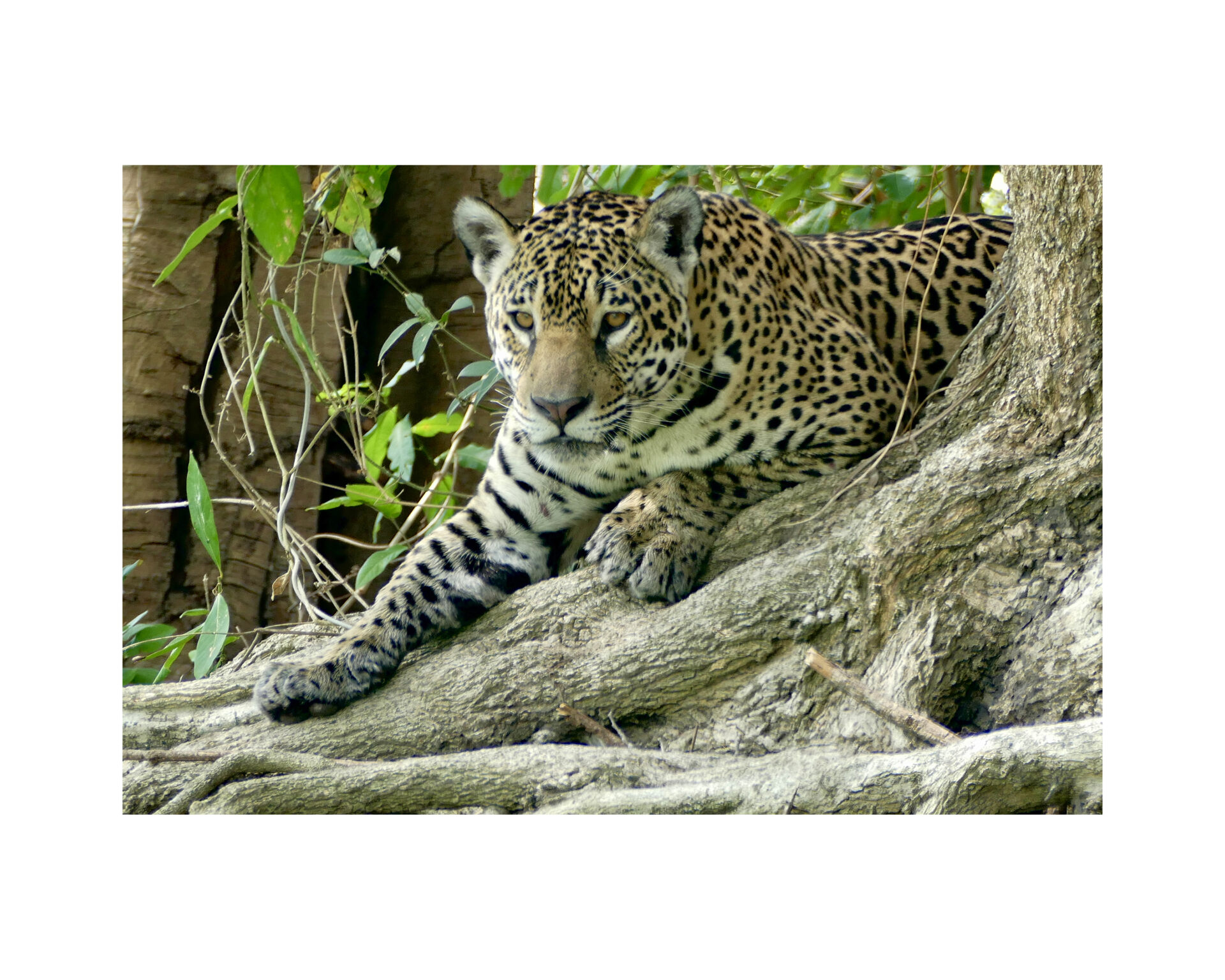

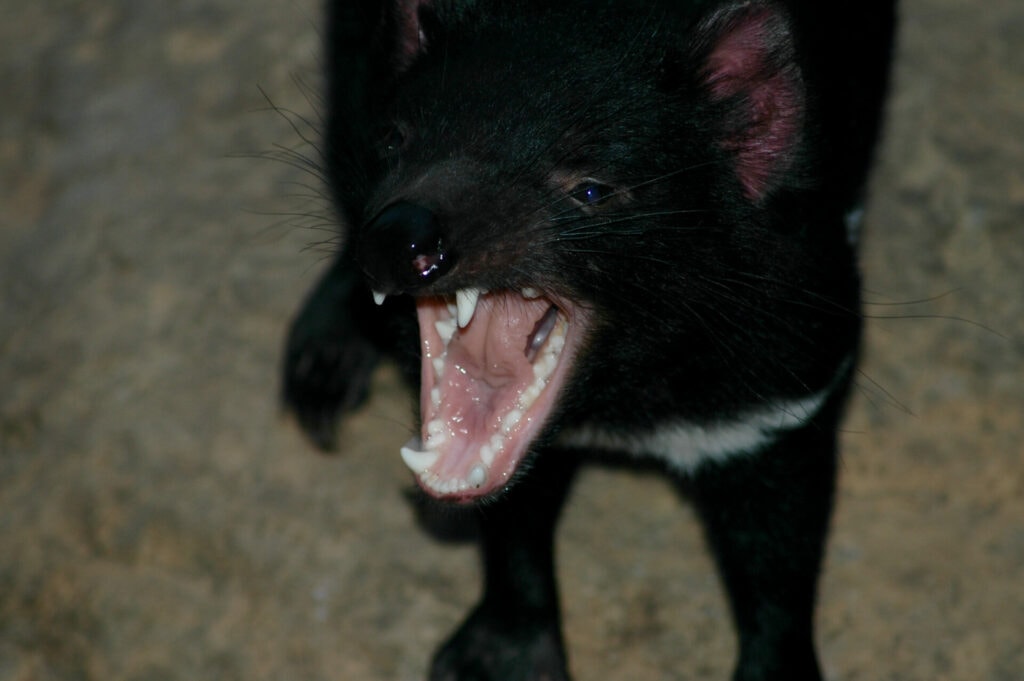 Tasmanian Devil / Eric Schroeder
Tasmanian Devil / Eric Schroeder